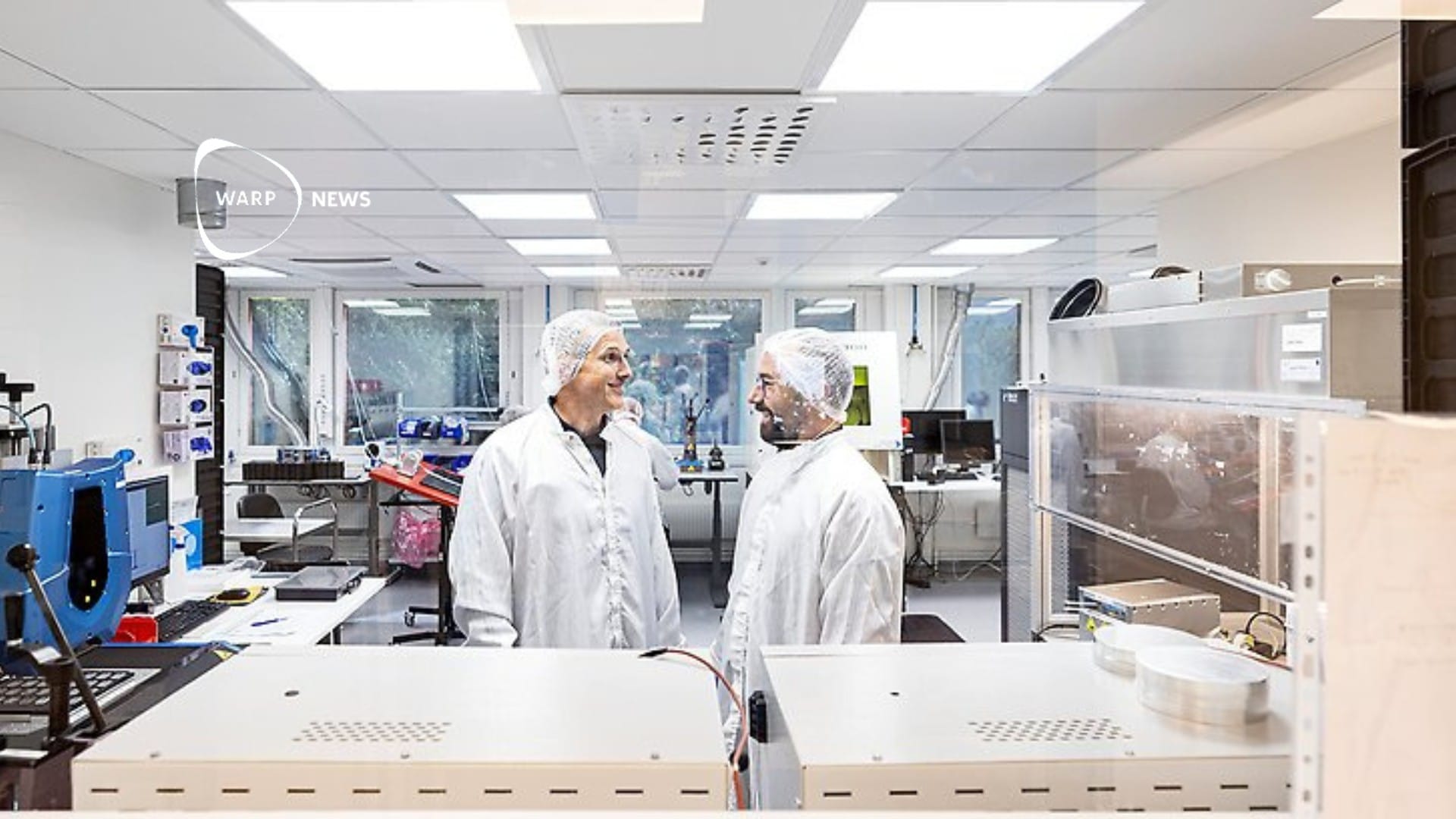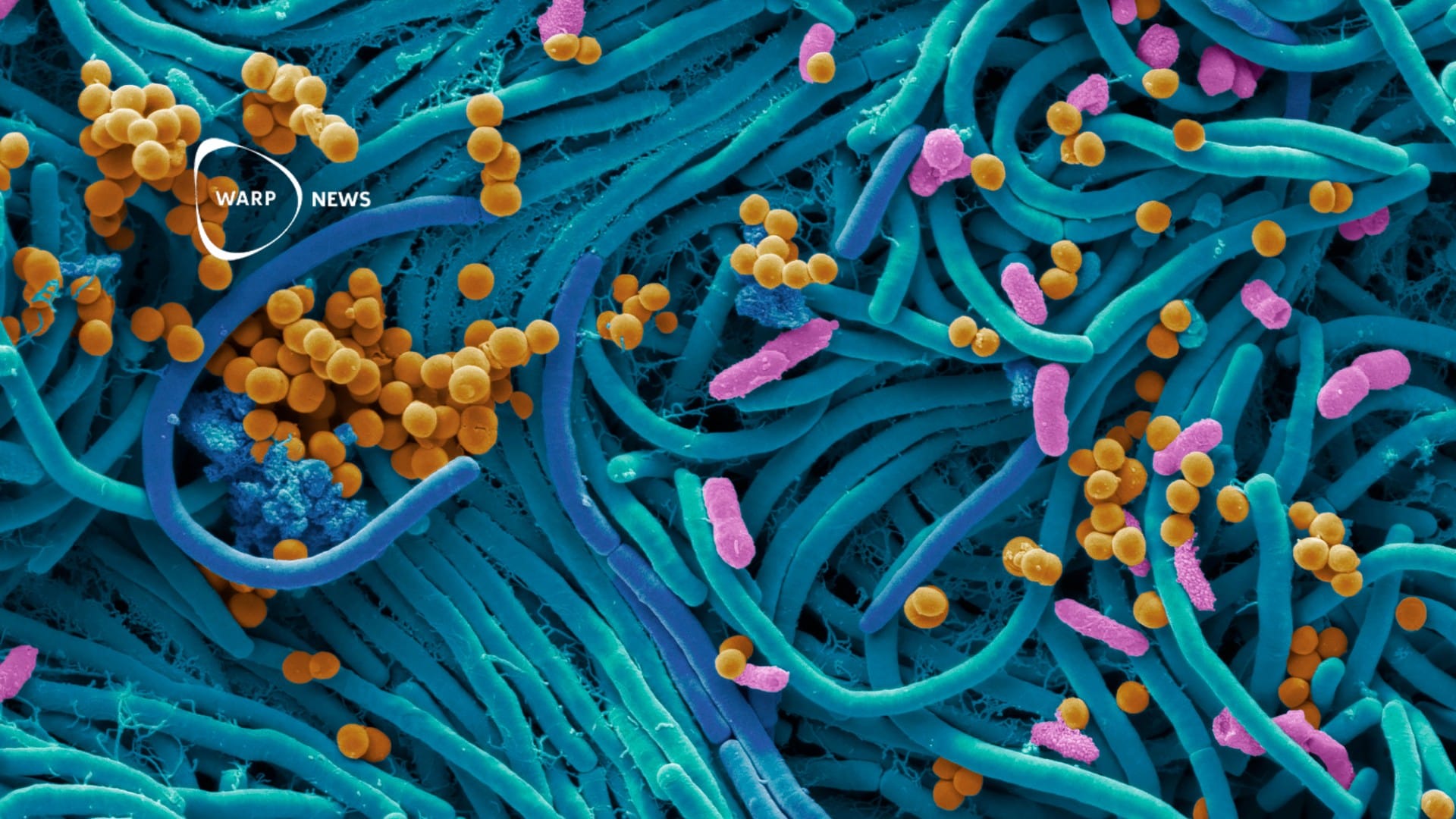
🧫 New method can show whether prostate cancer needs to be treated or not
A protein that can show early whether a person has prostate cancer and whether it is a harmless tumor or whether treatment must be started immediately.
Share this story!
Over 10,000 new cases of prostate cancer are diagnosed and 2,200 people die from the disease each year. But the chance of survival is still relatively good. 85.8 percent of men who receive a prostate cancer diagnosis live for ten years after receiving the diagnosis.
The chance of survival increases greatly if the cancer is detected at an early stage. Many people who receive a prostate cancer diagnosis can also have a harmless tumor that does not need to be treated. The problem is that it can be difficult to determine who has a harmless tumor. There is a risk that many people receive unnecessary treatments that can cause side effects, worry patients unnecessarily and waste healthcare resources.
Finding methods to determine who needs prompt treatment is therefore something that many researchers are now working on. Now a research team from Umeå University has made a breakthrough.
They have discovered a new function for specific proteins (TβRI) in the signaling pathway that affects how cancer cells grow and spread.
"We have discovered that AURKB, which is a kinase expressed in cancer stem cells, interacts with TβRI during cell division in both prostate cancer cells and neuroblastoma cells, which is a form of childhood cancer. Our results suggest that the AURKB–TβRI complex may be a useful biomarker for the early identification of advanced prostate cancer, which may be of great clinical benefit for the development of precision medicine in the treatment of prostate cancer", says Jie Song, researcher at Umeå University and first author of the study, in a press release.
The discovery means that the researchers can easily and safely determine which men have a life-threatening cancer and start treatment early.
"With this discovery, we can reassure those men with prostate cancer who do not have such a poor prognosis and those who have a high-risk prostate cancer can be offered treatment more quickly. Our finding and publication is of high value to a large group of patients with prostate cancer and there is reason to believe that more patient groups will benefit from this", says Maréne Landström, professor of pathology at Umeå University and another of the researchers behind the study.
The researchers will now go further to reach out with the method in healthcare.
"We will seek support from Vinnova and other sources, among other things, to develop a method that can be used in healthcare, and we calculate that it may take two to three years before we have developed a test based on our findings", says Maréne Landström.
By becoming a premium supporter, you help in the creation and sharing of fact-based optimistic news all over the world.


